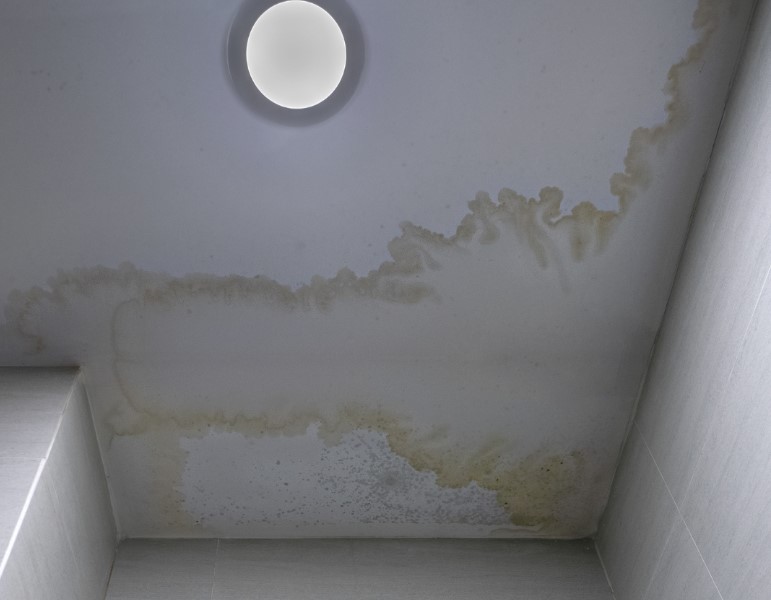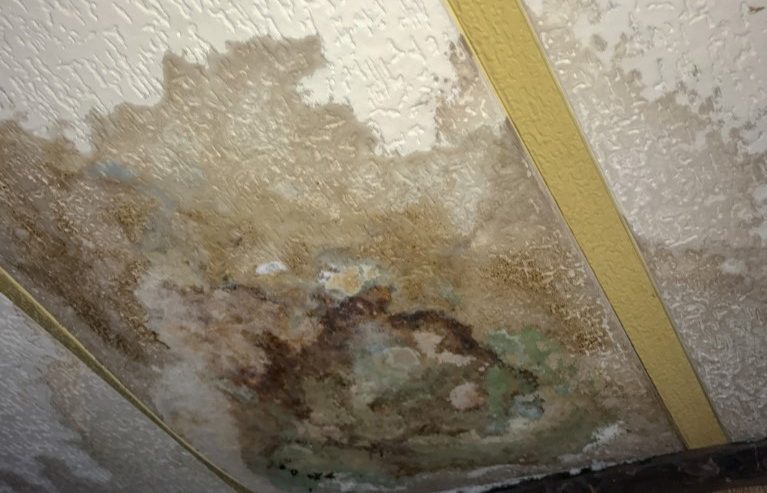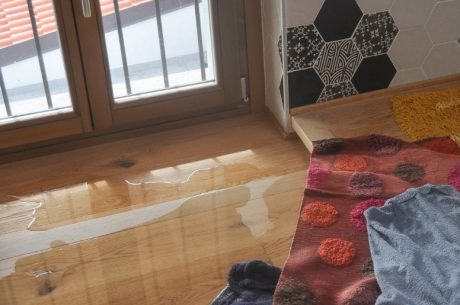Water damage is a common issue that property owners face. It can strike at any time, often without warning.
When water damage occurs, immediate action is crucial. This is where water mitigation comes into play.
Water mitigation is the process of reducing or preventing the amount of water damage that happens after a flood or a leaking pipe. It’s about taking swift action to minimize the impact.
But why is timely water mitigation so important? The answer lies in the potential long-term structural damage that can occur without it.
In this article, we’ll explore how timely water mitigation can prevent such damage. We’ll also discuss the techniques used in water mitigation and the role of professional water damage restoration services.
Whether you’re a homeowner, property manager, or facility manager, this guide will provide valuable insights.
Understanding Water Mitigation and Its Importance
Water mitigation is a crucial part of property maintenance. It’s the first line of defense against water damage.
The process involves taking immediate action to reduce the impact of water on a property. This can include removing water, drying out the area, and sanitizing the affected spaces.
The importance of water mitigation cannot be overstated. Without it, water damage can lead to serious structural issues, including rot, warping, and weakening of materials.
Immediate Steps to Take Following Water Damage
When water damage is noticed, time is of the essence. The first few hours are critical in preventing further damage.
- Shut off the water source, if possible.
- Contact a professional water damage restoration service.
- Remove any valuable items from the affected area.
- Document the damage for insurance purposes.
- Avoid entering the area if it’s unsafe.
These steps can help minimize the impact of water damage. However, professional help is often needed to fully address the issue.
Identifying the Source of Water Damage
Identifying the source of water damage is a key step in the mitigation process. It’s important to know where the water is coming from.
This could be a leaking pipe, a roof leak, or even a natural disaster like a flood. Once the source is identified, it can be addressed to prevent further damage.
Remember, water damage isn’t always obvious. Sometimes, it’s hidden behind walls or under floors. In such cases, professional detection tools may be needed.
The Science Behind Water Damage and Its Effects

Water damage is more than just a nuisance. It’s a scientific process that can have serious consequences.
When water comes into contact with materials like wood, drywall, or insulation, it’s absorbed. This can cause the material to swell, warp, or even break down.
Over time, this can lead to structural damage. It can also create a perfect environment for mold growth, which can lead to additional problems.
Understanding the science behind water damage can help in its prevention. It can also guide the mitigation process, ensuring the most effective methods are used.
How Water Affects Different Materials
Different materials react differently to water. For example, wood can absorb water and swell, leading to warping or rot.
Drywall, on the other hand, can become soft and crumble. This can compromise the structural integrity of a building.
Insulation can also be affected by water. When wet, it can lose its ability to insulate, leading to energy inefficiencies.
Understanding how water affects different materials can guide the mitigation process. It can also inform decisions about material selection and preventative measures.
Professional Water Mitigation Techniques
Professional water mitigation involves a series of steps. These are designed to minimize the impact of water damage.
The first step is usually to identify the source of the water. This helps to prevent further damage.
Next, water is extracted from the property. This is done using specialized equipment.
After extraction, the drying process begins. This involves the use of dehumidifiers and air movers.
Throughout the process, moisture levels are monitored. This ensures that the property is thoroughly dried.
Water Extraction Process
The water extraction process is crucial in water mitigation. It involves removing water from the property.
This is done using powerful pumps and vacuums. These can remove large amounts of water quickly.
The goal is to remove as much water as possible. This helps to prevent further damage.
It’s important to start the extraction process quickly. The longer water sits, the more damage it can cause.
Drying and Dehumidification
After water extraction, the drying process begins. This is where dehumidifiers and air movers come in.
Dehumidifiers remove moisture from the air. This helps to speed up the drying process.
Air movers circulate air around the room. This helps to evaporate moisture from wet materials.
Together, these tools can effectively dry a property. This helps to prevent mold growth and further damage.
Moisture Monitoring and Documentation
Moisture monitoring is a key part of the mitigation process. It ensures that the property is thoroughly dried.
This is done using moisture meters. These can detect moisture in materials that may not be visible to the naked eye.
Documentation is also important. It provides a record of the mitigation process.
This can be useful for insurance purposes. It can also help to guide future mitigation efforts.
Preventing Mold Growth and Secondary Damage

Preventing mold growth is a key goal of water mitigation. Mold can cause serious health problems.
It can also cause further damage to your property. This is known as secondary damage.
Professional water mitigation techniques can help prevent this. They ensure that your property is thoroughly dried.
By preventing mold growth and secondary damage, you can protect your property. You can also protect the health of those who live or work there.
The Role of Professional Water Damage Restoration Services
Professional water restoration services play a vital role in water mitigation. They have the skills and tools to handle water damage effectively.
These professionals can identify the source of the water damage. They can also assess the extent of the damage.
They use advanced techniques to extract water and dry the property. They also monitor and document the drying process.
By hiring professionals, you can ensure that water mitigation is done correctly. This can prevent long-term structural damage.
Why Quick Response is Crucial
A quick response to water damage is crucial. The longer water sits, the more damage it can cause.
Water can seep into materials and cause them to warp or rot. It can also lead to mold growth.
A quick response can minimize these risks. It can also reduce the cost of repairs.
By responding quickly, you can protect your property from further damage.
The Relationship Between Mitigation and Restoration
Water mitigation and water damage restoration are closely related. Both are essential in dealing with water damage.
Mitigation focuses on preventing further damage. It involves steps like water extraction and drying.
Restoration, on the other hand, involves repairing or replacing damaged materials. It aims to restore the property to its pre-damage condition.
Both mitigation and restoration are crucial in protecting your property from long-term damage.
Conclusion: Protecting Your Property and Peace of Mind
Timely water mitigation is key to protecting your property. It can prevent long-term structural damage and save you money.
By understanding water mitigation techniques, you can respond effectively to water damage. You can also make informed decisions when hiring professionals.
In the end, proper water mitigation not only protects your property but also gives you peace of mind.
For expert water damage restoration services in St. Augustine, contact PuroClean Emergency Restoration Services today!




 PuroClean Emergency Restoration Services
PuroClean Emergency Restoration Services